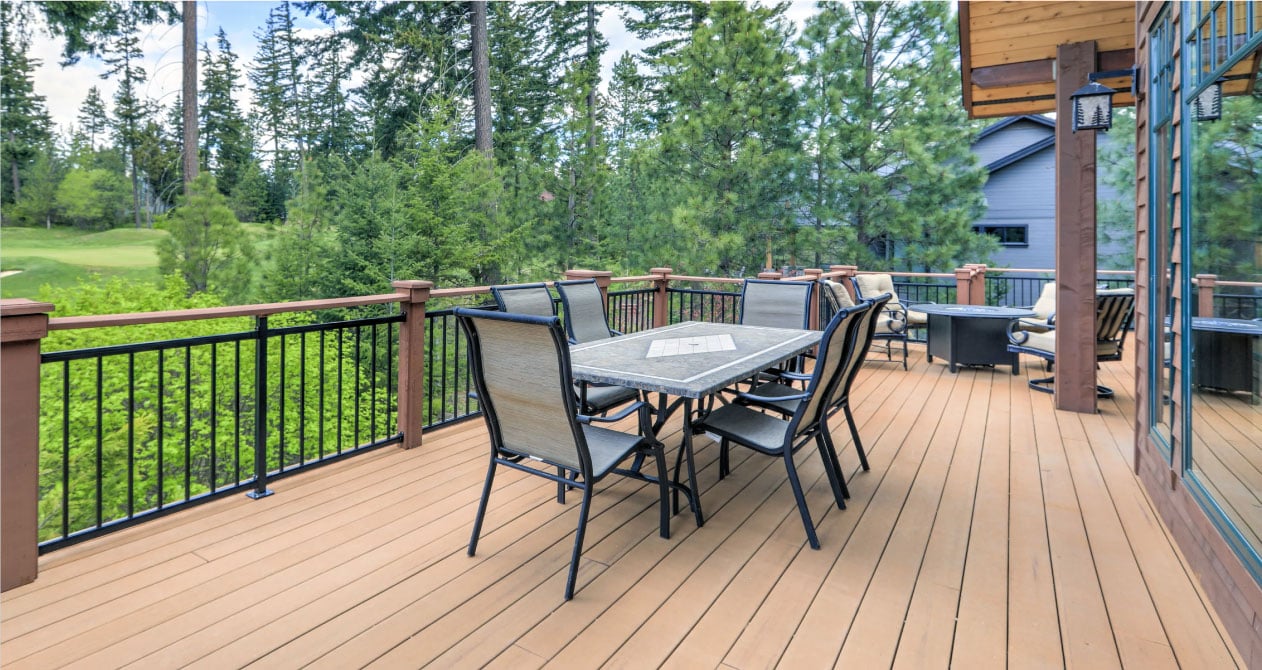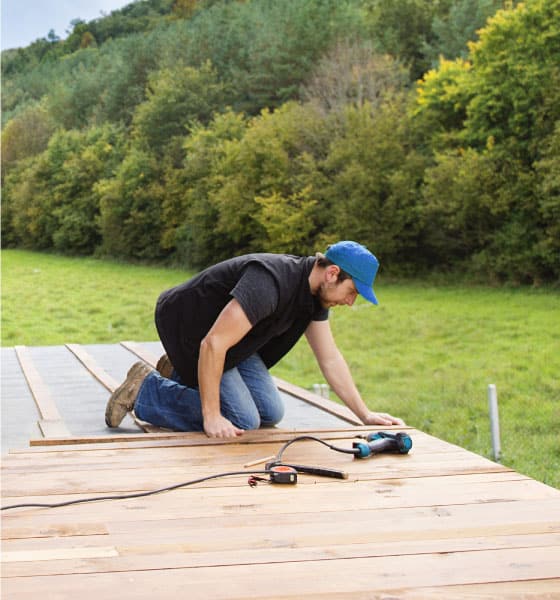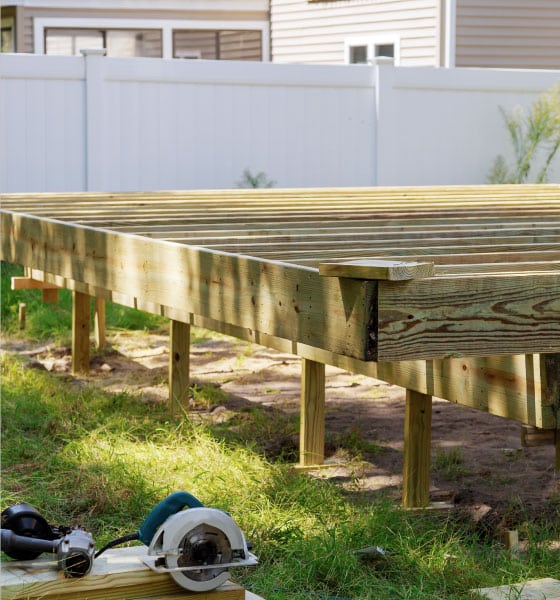Deck Building
in Boston, MA
Deck building enhances outdoor living and is best planned around climate, budget, and contractor availability. Enhance your outdoor space with expert deck building in Boston MA. At CAN Roof Construction, we specialize in custom decks designed for durability, style & relaxation.







Deck Solutions
Custom Deck Building for Outdoor Comfort & Style in Boston, MA
Looking for professional deck building in Boston MA? Whether you need a new deck installation, repair, or upgrade, our expert craftsmanship ensures a durable, stylish, and functional extension of your home, perfect for relaxation and entertainment.

Deck Repair & Restoration
Over time, decks can suffer from wear, weather damage, and structural issues. Our professional deck repair and restoration services breathe new life into your outdoor space by fixing broken boards, reinforcing weak structures, and refinishing surfaces. We use high-quality materials to ensure long-lasting durability and safety.
-
Repairs cracks, rot & weather damage
-
Strengthens structure for safety & longevity
-
Restores beauty with refinishing & sealing

Deck Installation
Transform your backyard with a custom-built deck designed for relaxation and entertainment. Our expert deck installation services include precision craftsmanship, high-quality materials, and customized designs to suit your style. Whether you prefer wood, composite, or PVC decking, we deliver seamless and durable results.
-
Custom designs to match your home
-
High-quality wood & composite materials
-
Built for durability & low maintenance
attention
Why a Deck is a Great Investment for Your Home
Investing in expert deck building in Boston MA not only expands your outdoor space but also boosts property value. Whether you’re looking to expand your living area or boost curb appeal, a well-designed deck is a valuable home improvement that offers both functionality and aesthetic appeal.
Start enjoying a stronger, more stylish outdoor space with a well-built, long-lasting deck.
- Expands Outdoor Living Space
- Increases Property Value
- Nature Connection
- Enhances Curb Appeal
- Perfect for Hosting & Relaxation
- Versatile & Customizable
- Durable & Low Maintenance
Let's Fix That Your Deck!
FAQ
Find Answers to Your Deck Questions
When planning a deck, consider its purpose, size, location, and materials. Assess local building codes, choose suitable materials, and collaborate with professionals for a well-designed, structurally sound deck.
The timeline varies based on size, complexity, and weather. Typically, a straightforward deck may take a few days to a couple of weeks, with intricate designs or adverse weather potentially extending the construction period. Regular communication with your contractor and a clear project plan can help manage expectations.
The deck building process typically involves design consultation, obtaining necessary permits, site preparation, framing, installation of decking materials and railings, and finishing touches. Professional deck builders will provide a detailed project timeline and keep you informed at every stage of construction.
Permit requirements vary by location, but many municipalities require permits for deck construction. Our team is well-versed in local building codes and regulations, and we assist in obtaining the necessary permits for your project. We prioritize compliance to ensure a smooth and legal deck construction process.